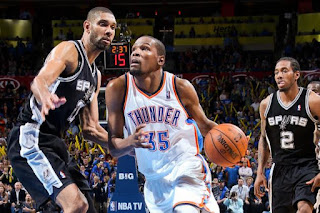A wide-angle lens is a favorite among landscape and nature photographers for several reasons. It has the capacity to include more of the scenery into the frame. It also has more depth-of-field at any given aperture setting for tack-sharp images from the foreground to the background. Moreover, it usually has a faster lens with stops up to f/1.4, which would be very useful for nighttime shots.
Image source: Digital-Photography-School.com
While there is no standard definition for a wide-angle lens, generally speaking, anything that is wider than 35 millimeters is considered wide-angle.
Image source: photography.tutsplus.com
For the beginner, you might want to start at keeping subjects in the foreground as objects in the background on a wide-angle lens look smaller, giving the viewer a sense of distance. Get close to the foreground and keep it interesting to give the eye a starting point to look at as it is led further into the scenery.
You would need to be creative in working with the distortion on a wide-angle lens, which is most notable when working with lines that are normally straight and would appear curved. An example of using this distortion creatively is the fish-eye effect when you want to emphasize the closeness of the subject to the camera.
Vijaya Boggala is a medical abstract writer. He also enjoys sports, photography, DIY projects, and painting during his free time. Subscribe to this blog for more tips on photography.










